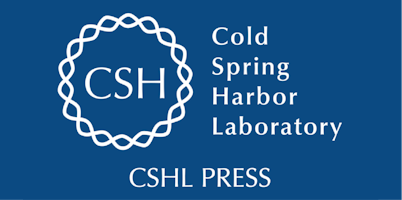David Haussler
Santa Cruz, CA, USA
UC Santa Cruz Treehouse Childhood Cancer Initiative
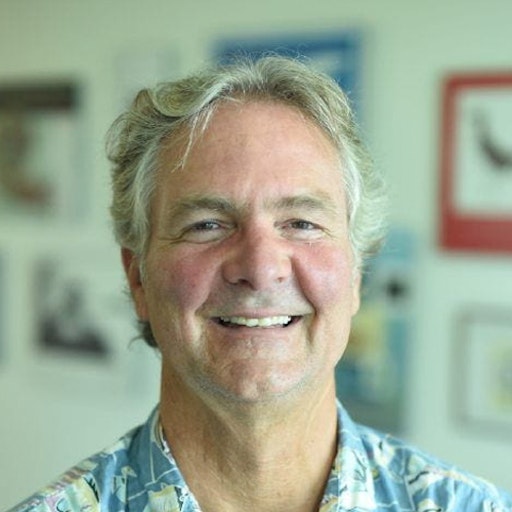
About
Co-Founder Treehouse Initiative; Distinguished Professor, Biomolecular Engineering, UC Santa Cruz
University of California, Santa Cruz
David Haussler develops new statistical and algorithmic methods to explore the molecular function, evolution, and disease process in the human genome, integrating comparative and high-throughput genomics data to study gene structure, function, and regulation (CV, publications). As a collaborator on the international Human Genome Project, his team posted the first publicly available computational assembly of the human genome sequence. His team subsequently developed the UCSC Genome Browser, a web-based tool that is used extensively in biomedical research. He is Santa Cruz Campus co-director of QB3, an HHMIInvestigator, and on scientific advisory boards of the Broad Institute, NYGC and CZI. He also co-founded the Genome 10K Project, co-founded the Treehouse Childhood Cancer Project, and is a co-founder of the Global Alliance for Genomics and Health (GA4GH), a coalition of the top research, health care, and disease advocacy organizations. He is a member of the National Academy of Sciences and the American Academy of Arts & Science.
Please visit the Haussler-Salama Lab website for more information.
Expertise
Data Science

UC Santa Cruz Treehouse Childhood Cancer Initiative
research
Interests
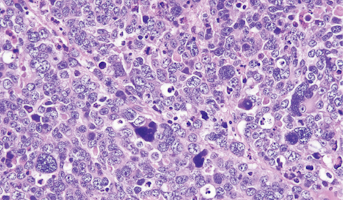
Medulloblastoma
Medulloblastomas comprises the vast majority of pediatric embryonal tumors and by definition arise in the posterior fossa, where they constitute approximately 40% of all posterior fossa tumors. Other forms of embryonal tumors each make up 2% or less of all childhood brain tumors.The clinical feature
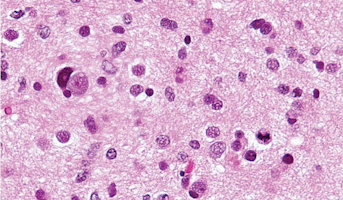
High-Grade Glioma
High-grade Gliomas (HGG) or astrocytomas in children nearly always result in a dismal prognosis. Although novel therapeutic approaches are currently in development, preclinical testing has been limited, due to a lack of pediatric-specific HGG preclinical models. These models are needed to help test
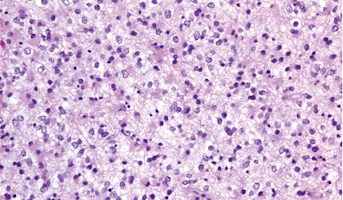
Low-Grade Glioma
Low-Grade Gliomas also called astrocytomas are the most common cancer of the central nervous system in children. They represent a heterogeneous group of tumors that can be discovered anywhere within the brain or spinal cord. Although surgical resection may be curative, up to 20% of children still su
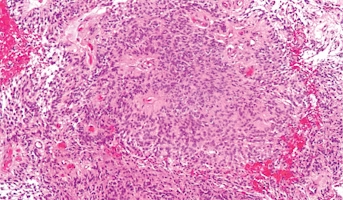
Ependymoma
Ependymomas arise from ependymal cells that line the ventricles and passageways in the brain and the center of the spinal cord. Ependymal cells produce cerebrospinal fluid (CSF). These tumors are classified as supratentorial or infratentorial. In children, most ependymomas are infratentorial tumors


